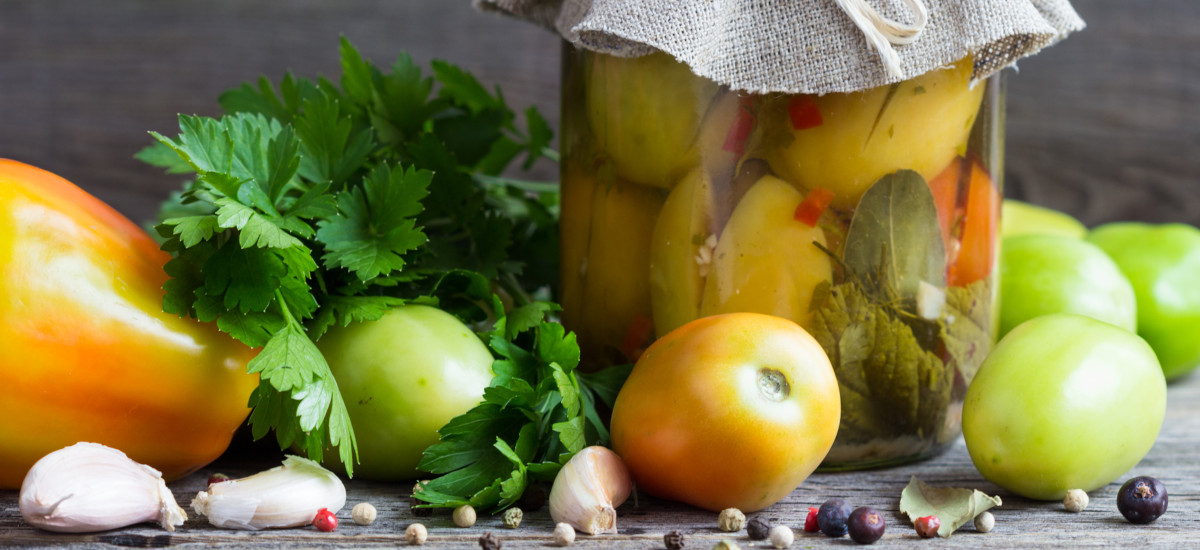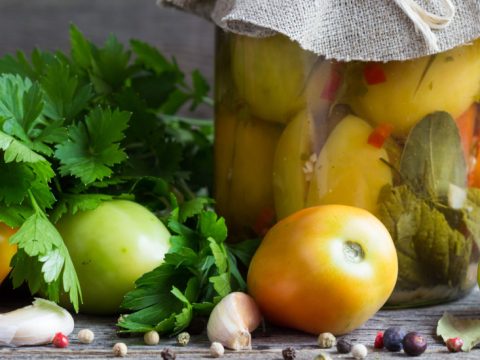Tips for Perfect Pickles
Why Make Pickles for Winter?
- Cost-effective: Homemade pickles are cheaper than store-bought jars, especially if you enjoy them often or have a large family.
- Safe and controlled: You choose the ingredients, quality of produce, and amount of salt or spices.
- Healthy: Home pickles retain natural probiotics lost during commercial pasteurization.
- Satisfying: It’s a rewarding process, and homemade jars make wonderful gifts.
- Simple: Modern tools (electric slicers, ergonomic peelers, large pots, airtight jars) streamline the work.
Team Vinegar vs. Team Brine
Brine Fermentation Advantages
- Simple mix of water and salt.
- Rich in natural probiotics, beneficial for digestion.
- No sugar required.
- Shorter prep time—no need to boil jars after filling.
Vinegar Fermentation Advantages
- Faster pickling—ready in days.
- Lower salt content.
- Mild, widely appealing flavor.
Choosing Produce for Pickling
Pick local, in-season fruits and vegetables. Avoid imported produce with waxy coatings that block brine or vinegar penetration. Select firm, fully mature items free of soft spots, blemishes, or insect damage. Only “gogonele” (small pickling tomatoes) go in green; most veg should be ripe.
Cleaning Fruits and Vegetables
Wash each piece under cold running water using a stiff brush to remove dirt and impurities.
- Tip: For cucumbers, snap off the stem, then shave a thin slice from the blossom end to remove the enzyme that causes softening during fermentation.
Choosing the Right Salt
Use non-iodized, unprocessed coarse salt. Avoid table salt treated with anti-caking agents or iodine, which can cloud the brine and darken vegetables.
Choosing the Right Vinegar
Pick vinegar with at least 5% acetic acid to inhibit bacteria and mold. Table pickling vinegar is ideal; avoid balsamic alone (it’s too sweet and aromatic), though you can blend balsamic with white vinegar for specialty recipes like pickled onions or apples.
Choosing the Right Water
Tap water is fine if filtered to remove chlorine and hard-water minerals. Use a simple pitcher filter or under-sink system—no need for bottled water.
Picklable Fruits and Vegetables
Nearly anything can be pickled: cucumbers, cabbage, gogonele (small tomatoes), peppers, cauliflower, beets, watermelon rind, carrots, and more. Explore asparagus, rhubarb, ginger, green beans, mushrooms, cherries, celery, parsnip, etc.—the list is endless.
Conclusion
Follow your chosen recipe exactly. Respect ingredient quality, proportions, fermentation times, temperatures, and hygiene—these are the golden rules for perfect pickles.


